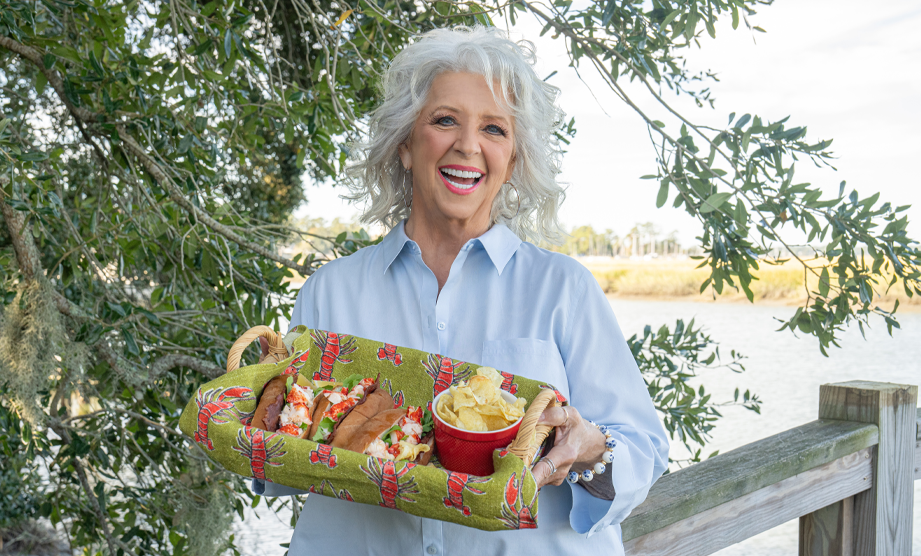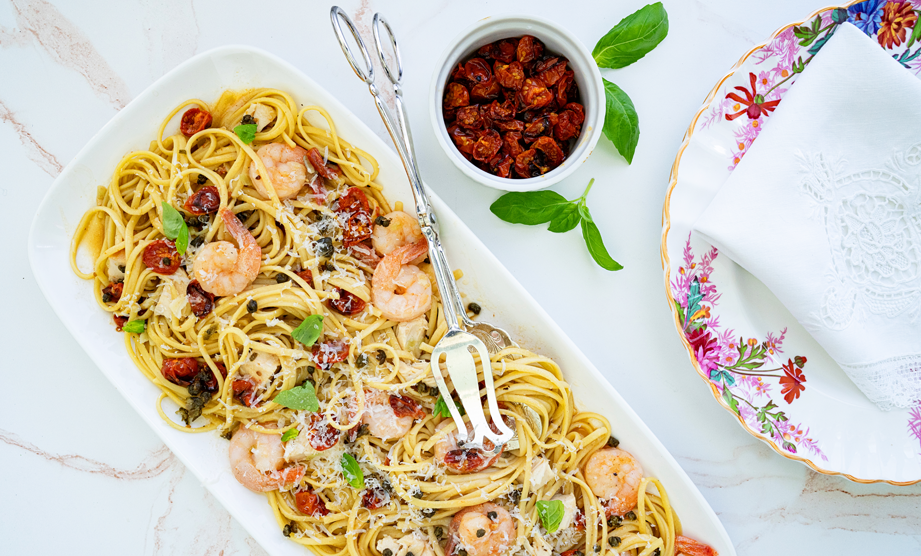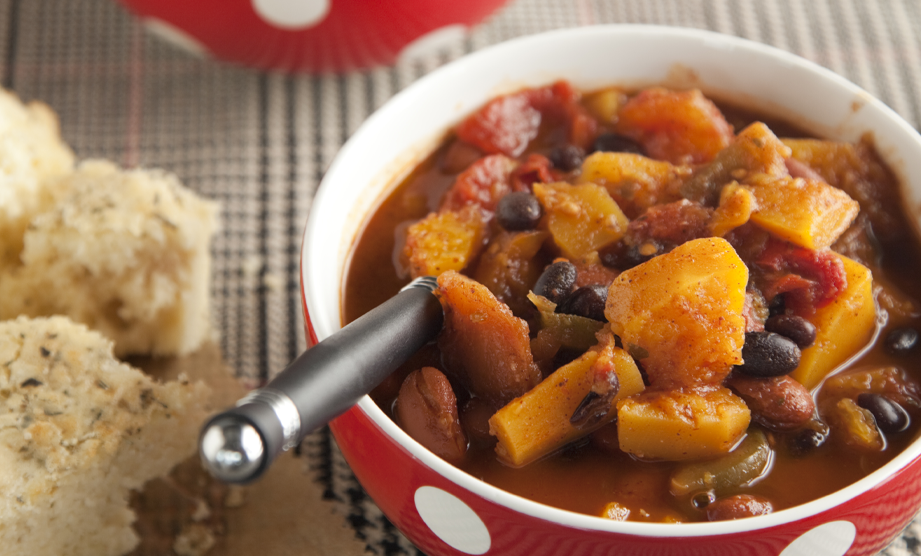A Little Background
Eggplants are wonderful grilled, roasted, sautéed, pickled, stuffed (as with the popular Italian rollatini), boiled, or stewed with aromatics and herbs. They are a low-calorie, earthy summer favorite from the “nightshade” family, which also includes tomatoes, peppers, and potatoes.
Eggplant hails from prehistoric Southeast Asia and is popular today in many cuisines from every continent. While available worldwide almost all year round, eggplant generally peaks in flavor—and cheapness—from mid-late summer in warm climates. Paula’s home state of Georgia is among the top domestic eggplant growers.
Their plants typically grow to about 2-4 feet tall and wide, with firm spiky stems, large, coarse leaves, and lustrous blooming fruit, making them great candidates for pretty landscaping as well as cooking. They are also filled with vitamins, antioxidants, and immune-boosting flavonoids. Fun eggplant fact: they also contain trace amounts of nicotine (about 20 pounds of eggplant would equal 1 cigarette)!
They come in several varieties besides the thick, bulbous kind we know in the familiar dark purple color (or “aubergine”, the French word for eggplant), including yellow, orange, white, and lavender, in small oval, larger spherical, and skinnier oblong shapes (as with Chinese/Japanese eggplant).
Buying, Storing, and Preparing
When shopping for eggplant, your recipe will probably say if a specific type is needed, but always look for shiny, unblemished skin and firmness. For easy slicing, (and especially for grilling), choose a wide eggplant, and use a very sharp chef’s knife for even cuts and uniform cooking.
Wider eggplants also tend to have more seeds, which helps them soften. Eggplant pieces can be rinsed and salted to tenderize and reduce bitterness, but most of today’s supermarket breeds are designed to be less bitter.
Eggplant can be stored in the fridge for about 6 days, and it becomes more bitter and mushy with age.
Wait until just before cooking to cut eggplant, as its flesh discolors very quickly.
Eggplant soaks up oil, so make sure that you coat your pan or brush your slices liberally, reapplying as needed.
Eggplant is done when tender and slightly creamy rather than spongy, a common effect of undercooking.
Raw scraps can add a nice meaty flavor to stock, while cooked leftovers can be lightly seasoned, oiled, and mashed for a zesty spread on toast.
And finally, onto the cooking, with some of our favorite test kitchen recipes:
–Grilled Eggplant Dip: A delicious dip made from char-grilled, garlic-studded eggplant, peeled and pureed with tahini, and served with paprika, fresh lemon wedges, lettuce, and pita.
–Easy Grilled Vegetables: Simply grilled, with red onions and squash rounds, tossed with Paula’s (or your own) dressing and garnished with basil.
***Tip: The best grilled eggplant “steaks” will have a gorgeous char on the surface and a moist, smoky flavor. Kosher salt is great for drawing out moisture.
-For eggplant parm:
Schirripas Eggplant Parmigiana
-Or, for some fun, less conventional ideas:









